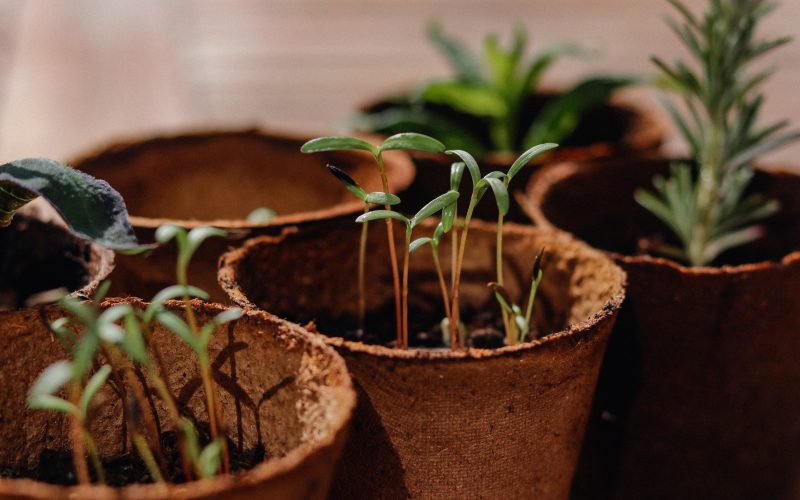Landscaping is an essential aspect of any property, whether it’s a residential or commercial space. However, traditional landscaping practices can have a significant impact on the environment, from water waste to chemical pollution. Sustainable landscaping is a solution that can help mitigate these negative effects while promoting a greener future. In this article, we’ll explore some tips for sustainable landscaping that you can implement in your own space.
1. Choose Native Plants
One of the most effective ways to promote sustainable landscaping is by choosing native plants. Native plants are adapted to the local climate and soil conditions, which means they require less water and maintenance. They also provide habitat and food for local wildlife, which can help promote biodiversity. Additionally, native plants are less likely to require pesticides or fertilizers, reducing the risk of chemical pollution.
2. Use Drought-Tolerant Plants
Water is a precious resource, and traditional landscaping practices can waste a significant amount of it. Using drought-tolerant plants is an effective way to reduce water usage while still maintaining a beautiful landscape. Drought-tolerant plants are adapted to dry conditions and require less water than traditional plants. They also tend to have deeper roots, which can help prevent soil erosion.
3. Implement Rainwater Harvesting
Rainwater harvesting is a sustainable landscaping practice that involves collecting rainwater for later use. This can be done through the use of rain barrels or cisterns, which can be used to water plants or even flush toilets. By collecting rainwater, you can reduce your reliance on municipal water sources, which can be expensive and environmentally damaging.
4. Use Organic Fertilizers
Traditional fertilizers can be harmful to the environment, as they can leach into groundwater and pollute nearby water sources. Organic fertilizers, on the other hand, are made from natural materials and are less likely to cause environmental damage. They also tend to release nutrients slowly, which can help promote healthy plant growth over time.
5. Install Permeable Pavers
Traditional paving materials, such as concrete and asphalt, can contribute to stormwater runoff, which can cause erosion and pollution. Permeable pavers are a sustainable alternative that allows water to seep through the surface and into the ground. This can help reduce stormwater runoff and promote healthy soil.
In conclusion, sustainable landscaping is an effective way to promote a greener future while still maintaining a beautiful landscape. By choosing native and drought-tolerant plants, implementing rainwater harvesting, using organic fertilizers, and installing permeable pavers, you can reduce your environmental impact and promote biodiversity. These tips are just the beginning of sustainable landscaping, and there are many other practices you can implement to create a more sustainable landscape.












